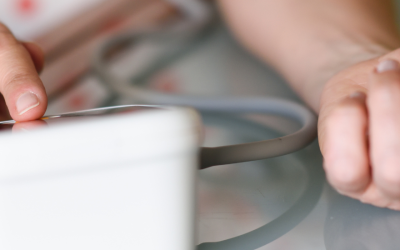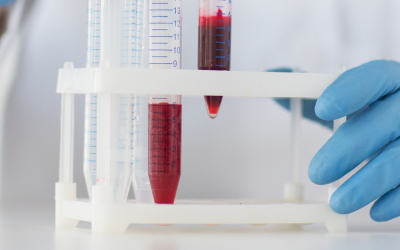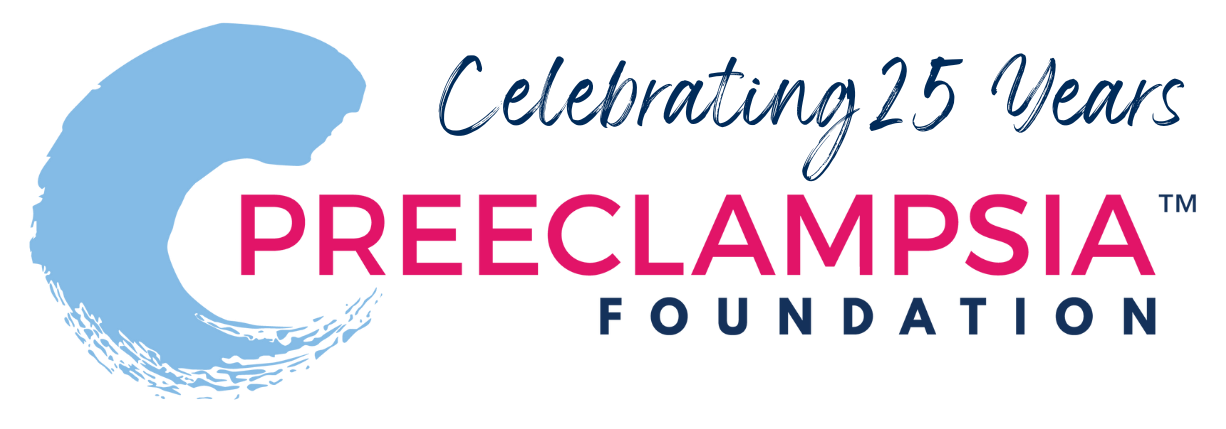
Measuring Blood Pressure at Home Identifies Patients at Risk; 5 Studies from June 2019 You Don't Want to Miss
RISK
Uncovering patients at risk for preeclampsia by measuring blood pressure outside of the office
Journal of Hypertension
This research describes white-coat and masked hypertension in a group of high-risk, pregnant Spanish women that had their blood pressure measured both in their doctor’s office and by ambulatory monitoring (wearing a blood pressure monitor for 24 hours at home that goes off automatically throughout the day). Comparing the blood pressure measurements from both of these techniques (at home and in the doctor’s office), 29% of the women in this study (92 out of 312 women) were found to have masked hypertension- meaning they had a “normal” blood pressure measurement in the doctor’s office and high blood pressure outside of the office. 23% of women who had high blood pressure when measured in their doctor’s office ended up having white-coat hypertension- meaning high blood pressure in the doctor’s office, but normal blood pressure outside of the office. High-risk pregnant women with masked hypertension (normal blood pressure in the office and high blood pressure outside the office) had an increased risk for preeclampsia. This study highlights that masked hypertension can be a problem in high-risk pregnant women in Spain, as well as the importance of at home blood pressure monitoring in the second half of pregnancy. Read the original article here.
LONG TERM EFFECTS
Preeclampsia can increase your risk for cardiovascular disease in later life, in part, because of your blood pressure and body mass index
JAMA Cardiology
Women who have had a hypertensive disorder of pregnancy (including preeclampsia) have an increased risk for developing cardiovascular disease in later life. Researchers from Norway linked delivery record and death registry data for over 20,000 women to ask: how much of this risk for cardiovascular disease comes from “typical” cardiovascular risk factors? This study found that women’s blood pressure and body mass index (a ratio of what you weigh and how tall you are) could explain 77% of the increased risk of cardiovascular disease in women who had a hypertensive disorder of pregnancy. Read the original article here. Calculate your BMI here:
TREATMENT
Delivering a hormone that encourages blood vessel growth to the placenta with microbubble carriers may help
Endocrinology
This is a cutting-edge experiment testing a new technique for avoiding and possibly treating preeclampsia in baboons (note: experiments not tested in women yet). A main cause for preeclampsia is that the blood vessels that connect mom’s uterus to the placenta do not expand big enough in pregnancy to help get more blood from mom to the placenta (and therefore to baby). One cause for this lack blood vessel expansion might be high estrogen levels in mom. This study was designed to see if high estrogen in mom does in fact discourage uterine blood vessels from being enlarged and tested a way to fix it. Investigators used microbubbles filled with a hormone that encourages blood vessels to grow (called vascular endothelial growth factor or VEGF) to carry this hormone directly to the placenta of pregnant baboons. Researchers found that delivering this hormone to a placenta with small blood vessels helps to increase the size of the blood vessels back to normal. This study also helps to show that increased estrogen levels in mom in early pregnancy can in fact impair mom’s uterine blood vessels from enlarging (like they should in pregnancy) and that adding this hormone, VEGF, may be able to fix it. Read the original article here.
RISK
New and improved WIC food packages may help decrease rates of preeclampsia
JAMA Pediatrics
Ten years ago the Special Supplemental Nutrition Program of Women, Infants, and Children (WIC) updated their food packages to improve women’s nutrition during pregnancy by including more whole grains, fruit, vegetables, and low-fat milk. Researchers investigated whether these changes lead to improved pregnancy outcomes for the moms receiving these new WIC food packages. The study used birth certificate and hospital discharge data from the state of California for the three years before the new packages were distributed (2007-2009) and compared pregnancy outcomes to the 3 years after the packages were distributed (2010-2012) in over 2 million women. Investigators found a moderate decrease in preeclampsia among the women receiving the improved food package, as well as a decrease in women who gained more than the recommended amount of weight during pregnancy and an increase in length of pregnancy. This study shows the nutritional changes in the WIC food packages made in 2009 were associated with improvements in maternal health in California. Read the original article here.
DIAGNOSIS
Heart function of moms during pregnancy may help to identify different “types” of preeclampsia
American Journal of Obstetrics and Gynecology
This study compared the heart function of 61 pregnant women with normotension (meaning normal blood pressure) to 38 women with preeclampsia. Researchers asked if women with preeclampsia have different heart function, and further, if heart function was different in women with early preeclampsia (diagnosed before 34 weeks of pregnancy) versus late preeclampsia (diagnosed after 34 weeks of pregnancy). The results showed that women with preeclampsia had higher systemic vascular resistance than normotensive women. Also, women with early preeclampsia had lower cardiac output compared to normotensive women. Interestingly, women who went on to have preeclampsia with severe features had significantly different heart function when compared to the women who ended pregnancy with only mild preeclampsia. The authors suggest evaluating mom’s heart health and function during pregnancy may help doctors define different “types” or “subsets” or preeclampsia. The next step for this research would be to replicate these findings in a larger group of women. Read the original article here.
About Dr. Elizabeth Sutton
Research Roundup Editor
Dr. Elizabeth Sutton is the Research Roundup Editor for the Preeclampsia Foundation, while serving full-time as the Scientific Research Director at Woman's Hospital in Baton Rouge, Louisiana. Dr. Sutton is a preeclampsia survivor and researcher with a PhD in Molecular and Developmental Biology from Louisiana State University. Her research efforts are focused on the short and long-term cardiovascular and metabolic consequences of preeclampsia in mothers and their children. Her work has been published in numerous scientific journals including Cell Metabolism, Obstetrics & Gynecology, Diabetes, and the American Journal of Physiology. Dr. Sutton is dedicating her life's work to the study of preeclampsia and the dissemination of health education to preeclampsia survivors to honor her resilient daughter, Willow (born at 35 weeks from preeclampsia with severe features in 2017).
Related Articles

Your story is needed to improve outcomes for moms like you. Add your voice to critical preeclampsia research to ensure that every story is heard.

Frequently asked questions about the Preeclampsia Registry, a patient-driven registry and biobank.

The Preeclampsia Foundation offers research funding, study recruitment, and other patient engagement services to researchers.

We provide research grant funding to advance progress towards detection, prevention, or treatment of preeclampsia, HELLP syndrome, and other hypertensive disorders of pregnancy.

Hypertensive disorders of pregnancy significantly increase your risk of developing long-term heart problems. A careful review of blood pressure elevations during and after pregnancy may assist in iden...

Hypertensive disorders of pregnancy (HDP) can affect different groups of women in different ways, and even though we know this happening, we don't fully understand why. There are many factors, like bi...

There is growing evidence that studies examining pregnancy and its complications need to start early within the pregnancy to fully understand the nature of preeclampsia. Key gestational milestones, wh...

It is known that chronic hypertension and high BMI (body mass index) are risk factors for hypertensive disorders of pregnancy (HDP). Studies documenting this risk have usually assessed blood pre...

Several biomarker tests are under development to predict or diagnose preeclampsia. While none of these tests are yet widely accepted in U.S. clinical practice, two FDA-approved tests are available in...

